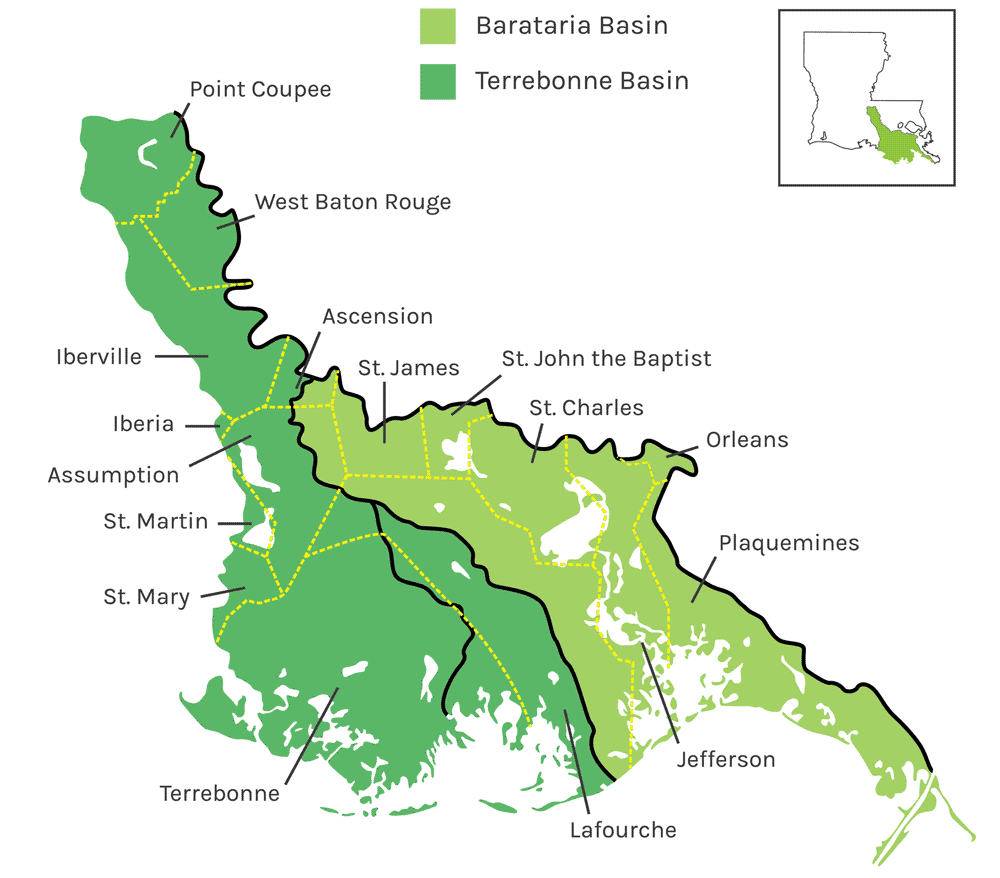
What is BTNEP?
The Barataria-Terrebonne National Estuary Program (BTNEP) works to protect and preserve the culture and land located between the Mississippi and Atchafalaya Rivers in Southeast Louisiana.
BTNEP is one of 28 National Estuary Programs throughout the United States and its territories. Congress established the National Estuary Program (NEP) through section 320 of the Clean Water Act in 1987. The Barataria-Terrebonne estuarine complex became a National Estuary in 1990. BTNEP was established in recognition of the national significance of this estuary system.

